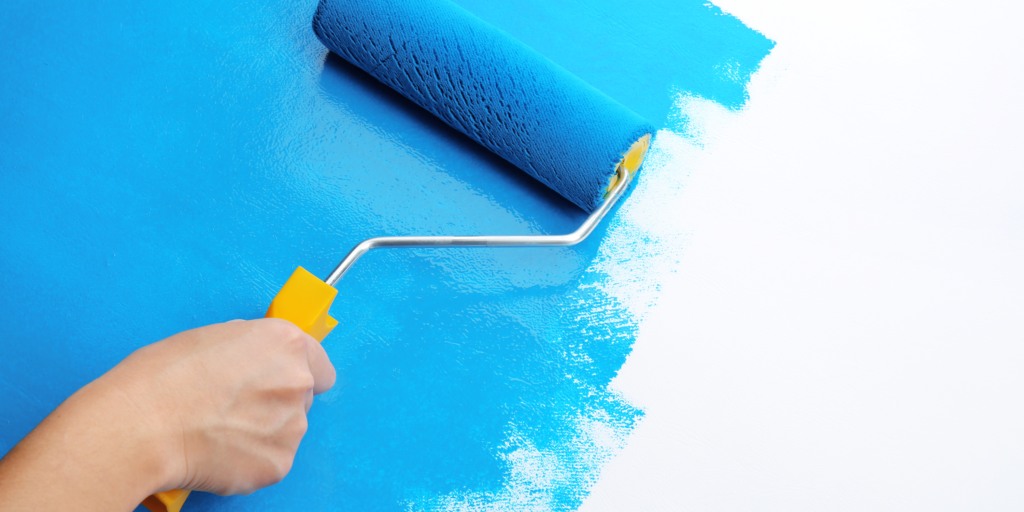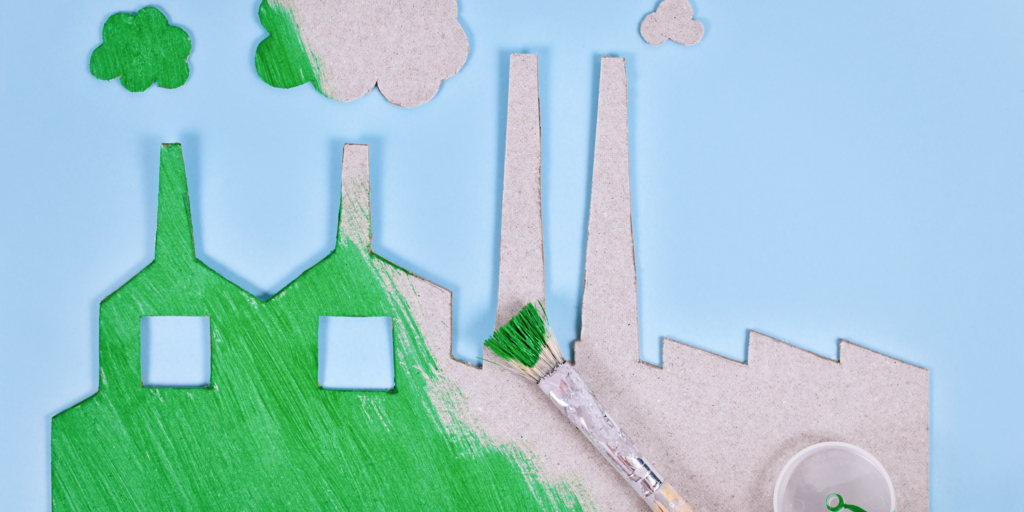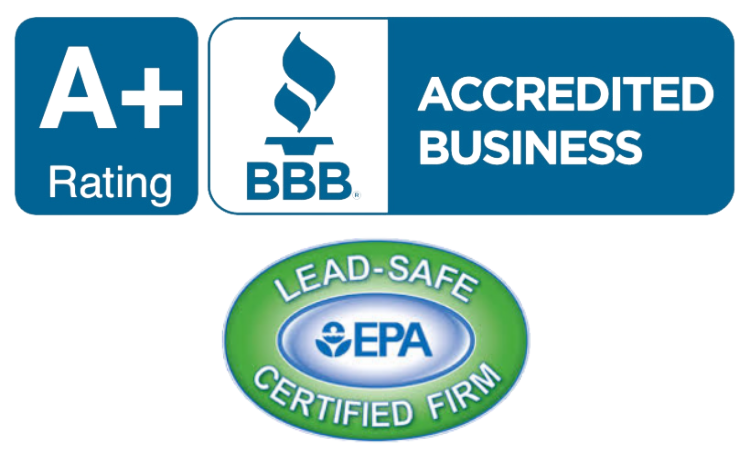Painting requires good ventilation. Providing fresh air during the painting of a small room or a whole house is of great importance for various reasons. We will guide you on how to ventilate your workspace appropriately and give you suggestions on how to ensure that you have a successful job. We will talk about the health risks of poor ventilation, how to prepare the room before painting, the options for ventilation, and how to maintain the air quality after painting.
Proper Painting Ventilation Matters
Airbrushing needs air ventilation for multiple reasons. It is the first step in painting that makes the air free from paint fumes and odors. Paints can be VOC sources that pose health hazards when inhaled in large amounts. The VOCs can lead to related respiratory troubles, headaches, dizziness, and chronic health issues. Air circulation diminishes the exposure to those compounds, thus making the environment safer to live in.

Room Preparation for Painting
It is essential to prepare a room before painting it. This way, stagnant air will not cause respiratory issues while painting. Please remove all the furniture, decorations, and other things from the room. This will grant you more space and ensure that your items are safe from spills and fumes.
To do this, dust, filth, and junk must be removed. Clean the room thoroughly. Use a vacuum or broom to clean your floors and walls. To clean dust, you should wipe the surfaces with a moist cloth. Washing the room before painting is beneficial because it helps create the desired final result and ensures the paint sticks to the surface.
Ventilation Type Selection
Several ventilation solutions may include various options. Room size, paint type, and personal taste are essential when choosing a ventilation system. Let’s look into widely used ventilation methods and their pros and cons.
Open the windows and let the fans work for ventilation. This procedure is easy and, therefore, cheap. Fans and open windows produce a breeze, which can also remove toxins and odors from the room. However, this method might not be suitable for painting during bad weather or in a room with few windows and no natural light.
Fans and open windows for ventilation
Fans and windows often accompany the painting projects to keep the air fresh. It is easy to use and economical, making it a ‘no-brainer’ for most homeowners. Follow these measures to ventilate with fans and windows: Follow these measures to ventilate with fans and windows:
1. Fans near windows or doors can improve cross ventilation and thus help to circulate fresh air and separate pollutants and odors. Aside from doors, windows, and fans, box or window fans are ideal for ventilating air inside the room.
2. Open windows and doors on the opposite sides of the room. This will create a comfortable airflow and ensure that fumes and odors are also removed. Also, open the windows on different floors so that a natural draft can be created.
3. Install screen windows to block the insects and dirt when you open the windows. Dust is trapped away by filters on the screens, thus leading to better air quality.
Not all situations have fans or open windows to rely on for ventilation. In the case of severe weather conditions in winter and summer, the windows can’t be left open for long periods. The procedure may not be effective in rooms with few windows or poor air exchange if the room has windows and airflow.
Air-purifying and filtering ventilation
While painting, air purifiers and filters can provide air circulation. These gadgets neutralize VOCs and other pollutants that can exist in the air. Air is cleaned and free of these particles released into the room. Use air purifiers and filters for ventilation effectively: Use air purifiers and filters for ventilation effectively:
1. Select the proper size/type: When painting, make room for a medium-sized air purifier. Listen to the given audio and then speak slowly. It is essential to take into account the device’s and filters’ CADR. HEPA filters can efficiently remove particles, which are even smaller than VOCs.
2. Choose a spot in the middle of the room without walls or furniture that may obstruct airflow. Make space ample around the device for better performance.
3. Keep the air purifier running 24/7 during painting to always have good air quality. This will decrease the chances of fumes and act as a ventilator.
Air purifiers are very costly, so this option may not be for everybody. Before implementing this air supply system, estimate replacement costs for filters and electricity consumption.
Safe and Effective Ventilation Tips
Consider these painting ventilation strategies for safety and efficiency: Consider these painting ventilation strategies for safety and efficiency:
1. Please note that you must always wear a respirator mask, goggles, and gloves when painting. The protective suits can minimize the inhalation of chemical and fume exposure.
2. Before reading the ventilation instructions for the paint can, do what they say. Certain paints necessitate special ventilation or health and safety precautions.

3. Avoid smoking and open flames: Proceeding with painting in a room with smoke or open fire is extremely dangerous. A spark from only the slightest inhalation of paint fumes can ignite a fire.
4. Take breaks in well-ventilated areas. Get some air by going outside or into a room with fresh air to eliminate the fumes you inhale.
5. Properly dispose of paint cans, brushes, and other materials after painting: Comply with the state rules. The wrong disposal can damage the health and environment.
Keeping Air Quality Good After Painting
Residents’ health would be at risk if they don’t have good air quality after painting. These methods will help you clean and air out the room after painting: These methods will help you clean and air out the room after painting:
1. Clean dust and paint from walls, flooring, and furniture surfaces by wiping them with wet cloths. Use a moist cloth or sponge to do the heavy cleaning.
2. Vacuum the room: Use a vacuum cleaner with a HEPA filter to remove dust from carpets, upholstery, and curtains. Look for paint splatters.
3. Open the windows and doors in a stuffy room and let fresh air circulate. Fans help purify the air by speeding up the removal of fumes and odors.
4. Replace air filters: If you should use an air purifier, follow the manufacturer’s instructions. This will be crucial in making the device work well and maintaining air quality.
5. Before you proceed with the painting, check for mold and mildew. If you see any, clean and sanitize the areas in the house that may have been harmed by mold right away.
Painting calls for proper ventilation to ensure a safe and pleasant working environment. Adequate ventilation helps fight fumes, smells, mold, and mildew growth, and thus, air quality is improved. Ensuring proper ventilation during your painting project is critical to a safe and effective work environment. You can use fans, opening windows, or air purifiers and filters. Clothe yourself with protective gear, read product instructions, and ensure that the air quality is good after painting to protect your health.

